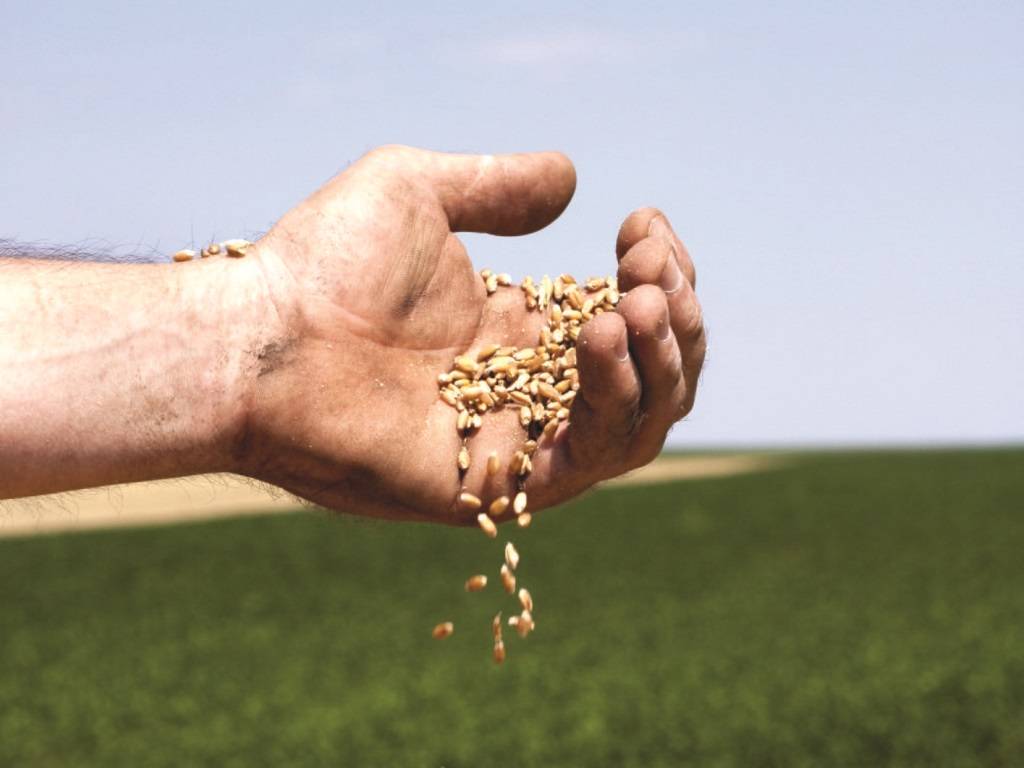
An ancient wheat variety called "Sona Moti," which was grown centuries ago in Punjab is making headlines again due to its great nutritional content. It's selling for Rs 7,500-8,000 a quintal, compared to Rs 2,015 for other common wheat kinds.
As the yields from this old variety increase year after year, it is gaining appeal among progressive farmers not just only in Punjab but also in other wheat-growing regions. It's also gaining traction amongst some of the health-conscious elites, with customers ordering orders as soon as the seeds are being sown.
This variety of wheat was discovered by coincidence after Pingalwara near Amritsar gave its seeds as "prasad" to a Jalalabad-based farmer Virender Mohan Nagpal.
Nagpal then planted a handful of this wheat type on a part of his land in 2014 and harvested about 3 kg of grain. The following season, he used 3 kg of grain and harvested 60 kg. He has been cultivating this variety every year after that, and he now has a guaranteed buy-back agreement with individuals and Tattva, the Art of Living Foundation's marketing arm.
This year, he sold wheat grain for Rs 7,500 per quintal and ground flour for Rs 100 per kilogram.
According to eminent seed-keeper Dr. Prabhakar Rao, this variety of wheat which is claimed to be thousands of years old, is now getting popular in places such as Madhya Pradesh and Maharashtra. Meanwhile, Sona Moti producers reported an average harvest of 8 quintals per acre. Even though other popular varieties yield 20-21 quintals per acre, a farmer earns the same amount from Sona Moti as from other wheat sold on the MSP (Minimum Support Price).
Considering that this type grows organically, the farmers say to have set aside some of their lands to grow Sona Moti for their own use. Harpal Singh Bhatti, a farmer in Khanna's Bahomajra village, stated that a group of ten producers had consolidated 30 acres to plant this wheat variety. They were getting consistent orders and were also retaining some for themselves.
They sold it at Rs 8,000 per quintal this year, even though the crop was not immune to the warmth. Amidst this, they were able to harvest 6 quintals per acre, compared to 8 quintals per acre last year.
















